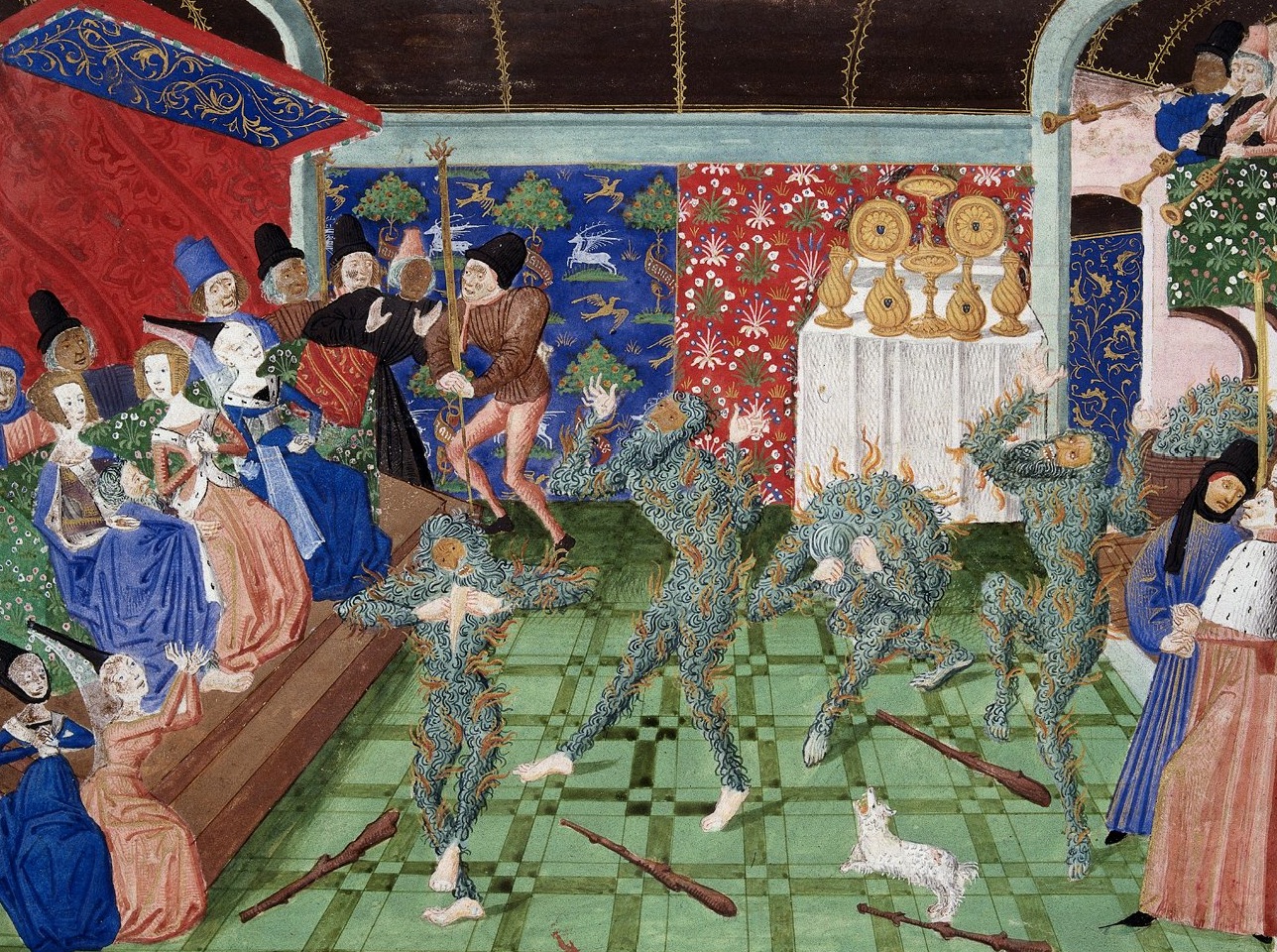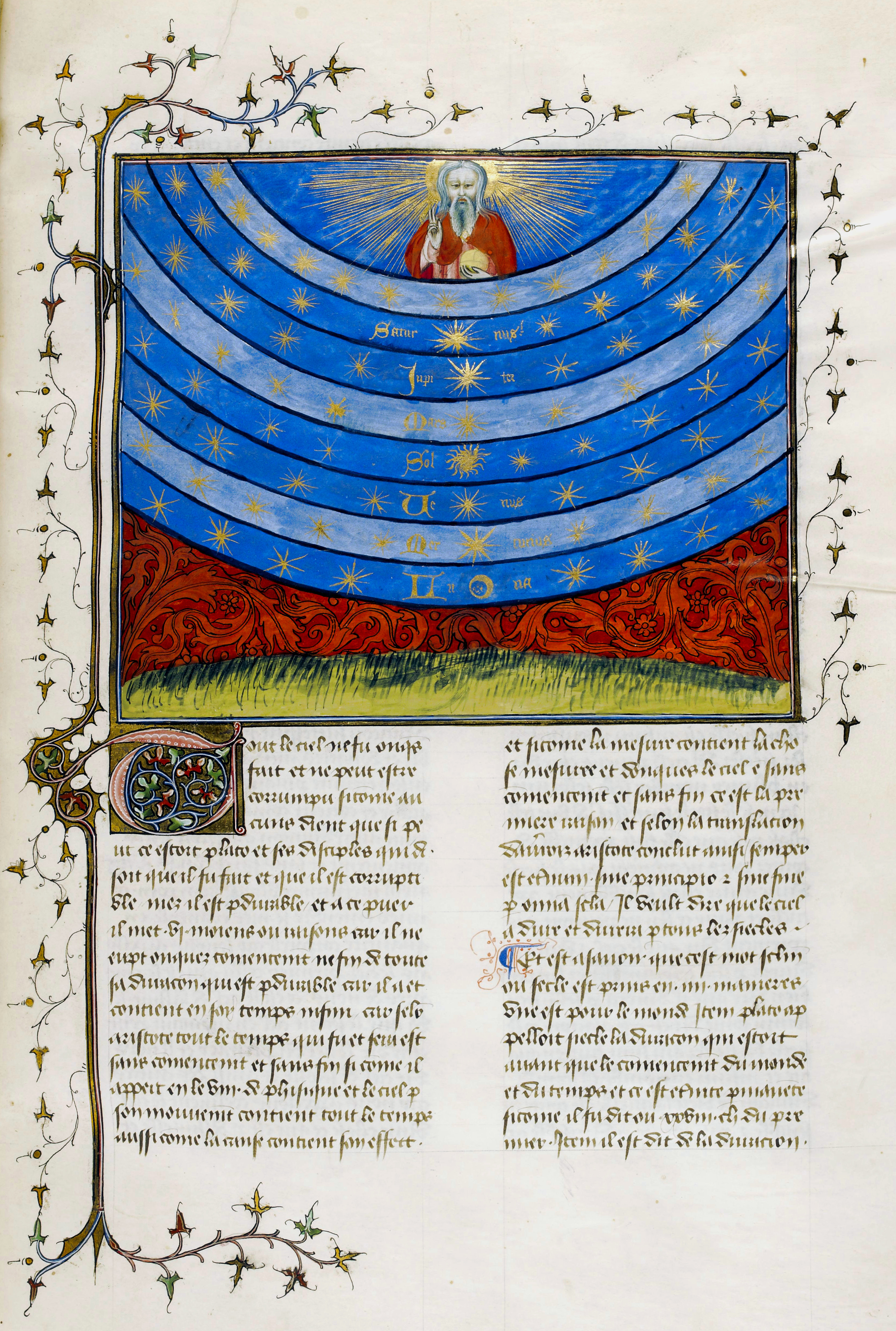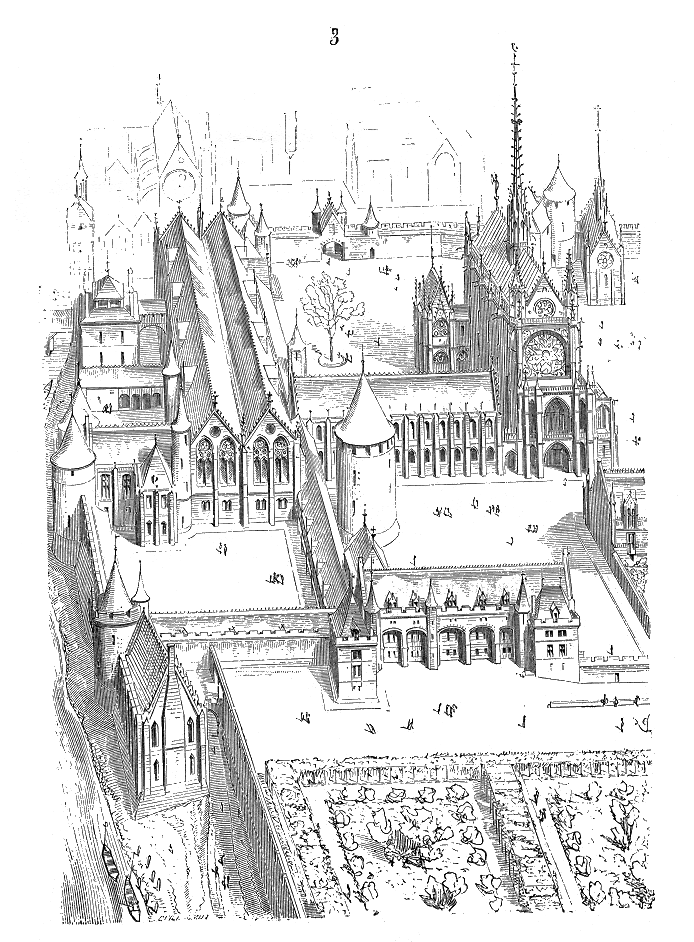|
Bibliothèque Nationale De France
The (; BnF) is the national library of France, located in Paris on two main sites, ''Richelieu'' and ''François-Mitterrand''. It is the national repository of all that is published in France. Some of its extensive collections, including books and manuscripts but also precious objects and artworks, are on display at the BnF Museum (formerly known as the ) on the Richelieu site. The National Library of France is a public establishment under the supervision of the Ministry of Culture. Its mission is to constitute collections, especially the copies of works published in France that must, by law, be deposited there, conserve them, and make them available to the public. It produces a reference catalogue, cooperates with other national and international establishments, as well as participates in research programs. History The National Library of France traces its origin to the royal library founded at the Louvre Palace by Charles V in 1368. Charles had received a collection o ... [...More Info...] [...Related Items...] OR: [Wikipedia] [Google] [Baidu] |
Paris
Paris () is the Capital city, capital and List of communes in France with over 20,000 inhabitants, largest city of France. With an estimated population of 2,048,472 residents in January 2025 in an area of more than , Paris is the List of cities in the European Union by population within city limits, fourth-most populous city in the European Union and the List of cities proper by population density, 30th most densely populated city in the world in 2022. Since the 17th century, Paris has been one of the world's major centres of finance, diplomacy, commerce, culture, Fashion capital, fashion, and gastronomy. Because of its leading role in the French art, arts and Science and technology in France, sciences and its early adoption of extensive street lighting, Paris became known as the City of Light in the 19th century. The City of Paris is the centre of the Île-de-France region, or Paris Region, with an official estimated population of 12,271,794 inhabitants in January 2023, or ... [...More Info...] [...Related Items...] OR: [Wikipedia] [Google] [Baidu] |
BnF Museum
The BnF Museum or Museum of the Bibliothèque nationale de France, formerly known as the Cabinet des Médailles (), is a significant art and history museum in Paris. It displays collections of the ''Département des Monnaies, Médailles et Antiques de la Bibliothèque nationale de France'' as well as manuscripts and books from the Library's collections. The BnF Museum is located in the Richelieu site, the former main building of the library bordering rue de Richelieu. Overview The Cabinet des Médailles is a museum containing internationally important collections of coins, engraved gems, and antiquities, with its distant origins in the treasuries of the French kings of the Middle Ages. The disruptions of the Wars of Religion inspired Charles IX (1560–1574) to create the position of a ("Special guardian of the King's medals and antiques"). Thus the collection, which has been augmented and never again dispersed – unlike the first royal library, assembled at the Palais du ... [...More Info...] [...Related Items...] OR: [Wikipedia] [Google] [Baidu] |
Louis XII Of France
Louis XII (27 June 14621 January 1515), also known as Louis of Orléans was King of France from 1498 to 1515 and King of Naples (as Louis III) from 1501 to 1504. The son of Charles, Duke of Orléans, and Marie of Cleves, he succeeded his second cousin once removed and brother-in-law, Charles VIII, who died childless in 1498. Louis was the second cousin of King Louis XI, who compelled him to marry the latter's disabled and supposedly sterile daughter Joan. By doing so, Louis XI hoped to extinguish the Orléans cadet branch of the House of Valois. When Louis XII became king in 1498, he had his marriage with Joan annulled by Pope Alexander VI and instead married Anne, Duchess of Brittany, the widow of Charles VIII. This marriage allowed Louis to reinforce the personal Union of Brittany and France. Louis of Orléans was one of the great feudal lords who opposed the French monarchy in the conflict known as the Mad War. At the royal victory in the Battle of Saint-Aubin-du-Cormi ... [...More Info...] [...Related Items...] OR: [Wikipedia] [Google] [Baidu] |
Aragon
Aragon ( , ; Spanish and ; ) is an autonomous communities of Spain, autonomous community in Spain, coextensive with the medieval Kingdom of Aragon. In northeastern Spain, the Aragonese autonomous community comprises three provinces of Spain, provinces (from north to south): Province of Huesca, Huesca, Province of Zaragoza, Zaragoza, and Province of Teruel, Teruel. Its capital is Zaragoza. The current Statute of Autonomy declares Aragon a ''nationalities and regions of Spain, historic nationality'' of Spain. Covering an area of , the region's terrain ranges diversely from permanent glaciers to verdant valleys, rich pasture lands and orchards, through to the arid steppes of the central lowlands. Aragon is home to many rivers—most notably, the river Ebro, Spain's largest river in volume, which runs west–east across the entire region through the province of Zaragoza. It is also home to the Pyrenees#Highest summits, highest mountains of the Pyrenees. , the population of Arago ... [...More Info...] [...Related Items...] OR: [Wikipedia] [Google] [Baidu] |
Charles VIII Of France
Charles VIII, called the Affable (; 30 June 1470 – 7 April 1498), was King of France from 1483 to his death in 1498. He succeeded his father Louis XI at the age of 13. His elder sister Anne acted as regent jointly with her husband Peter II, Duke of Bourbon until 1491, when the young king turned 21 years of age. During Anne's regency, the great lords rebelled against royal centralisation efforts in a conflict known as the Mad War (1485–1488), which resulted in a victory for the royal government. In a remarkable stroke of audacity, Charles married Anne of Brittany in 1491 after she had already been married by proxy to the Habsburg Holy Roman Emperor Maximilian I in a ceremony of questionable validity. Preoccupied by the problematic succession in the Kingdom of Hungary, Maximilian failed to press his claim. Upon his marriage, Charles became administrator of Brittany and established a personal union that enabled France to avoid total encirclement by Habsburg territories. To se ... [...More Info...] [...Related Items...] OR: [Wikipedia] [Google] [Baidu] |
Louis XI Of France
Louis XI (3 July 1423 – 30 August 1483), called "Louis the Prudent" (), was King of France from 1461 to 1483. He succeeded his father, Charles VII. Louis entered into open rebellion against his father in a short-lived revolt known as the Praguerie in 1440. The king forgave his rebellious vassals, including Louis, to whom he entrusted the management of the Dauphiné, then a province in southeastern France. Louis's ceaseless intrigues, however, led his father to banish him from court. From the Dauphiné, Louis led his own political establishment and married Charlotte of Savoy, daughter of Louis, Duke of Savoy, against the will of his father. Charles VII sent an army to compel his son to his will, but Louis fled to Burgundy, where he was hosted by Philip the Good, the Duke of Burgundy, Charles's greatest enemy. When Charles VII died in 1461, Louis left the Burgundian court to take possession of his kingdom. His taste for intrigue and his intense diplomatic activity earne ... [...More Info...] [...Related Items...] OR: [Wikipedia] [Google] [Baidu] |
Charles VII Of France
Charles VII (22 February 1403 – 22 July 1461), called the Victorious () or the Well-Served (), was King of France from 1422 to his death in 1461. His reign saw the end of the Hundred Years' War and a ''de facto'' end of the English claims to the French throne. During the Hundred Years' War, Charles VII inherited the throne of France under desperate circumstances. Forces of the Kingdom of England and the duke of Burgundy occupied Guyenne and northern France, including Paris, the capital and most populous city, and Reims, the city in which French kings were traditionally crowned. In addition, his father, Charles VI, had disinherited him in 1420 and recognized Henry V of England and his heirs as the legitimate successors to the French crown. At the same time, a civil war raged in France between the Armagnacs (supporters of the House of Valois) and the Burgundian party (supporters of the House of Valois-Burgundy, which was allied to the English). With his court removed ... [...More Info...] [...Related Items...] OR: [Wikipedia] [Google] [Baidu] |
John Of Lancaster, 1st Duke Of Bedford
John of Lancaster, Duke of Bedford (20 June 1389 – 14 September 1435) was a medieval English prince, general, and statesman who commanded England's armies in France during a critical phase of the Hundred Years' War. Bedford was the third son of King Henry IV of England, brother to Henry V, and acted as regent of France for his nephew Henry VI. Despite his military and administrative talent, the situation in France had severely deteriorated (for the English) by the time of his death. Bedford was a capable administrator and soldier, and his effective management of the war brought the English to the height of their power in France. However, difficulties mounted after the arrival of Joan of Arc, and his efforts were further thwarted by political divisions at home and the wavering of England's key ally, Duke Philip of Burgundy and his faction, the Burgundians. In the last years of Bedford's life, the conflict devolved into a war of attrition, and he became increasingly unable to ... [...More Info...] [...Related Items...] OR: [Wikipedia] [Google] [Baidu] |
Charles VI Of France
Charles VI (3 December 136821 October 1422), nicknamed the Beloved () and in the 19th century, the Mad ( or ''le Fou''), was King of France from 1380 until his death in 1422. He is known for his mental illness and psychosis, psychotic episodes that plagued him throughout his life. Charles ascended the throne at age 11, his father Charles V of France, Charles V leaving behind a favorable military situation, marked by the reconquest of most of the English possessions in France. Charles VI was placed under the regency of his uncles: Philip II, Duke of Burgundy; Louis I, Duke of Anjou; John, Duke of Berry; and Louis II, Duke of Bourbon. He decided in 1388, aged 20, to emancipate himself. In 1392, while leading a military expedition against the Duchy of Brittany, the king had his first attack of delirium, during which he attacked his own men in the forest of Le Mans. A few months later, following the ''Bal des Ardents'' (January 1393) where he narrowly escaped death from burning, Char ... [...More Info...] [...Related Items...] OR: [Wikipedia] [Google] [Baidu] |
Nicholas Oresme
Nicole Oresme (; ; 1 January 1325 – 11 July 1382), also known as Nicolas Oresme, Nicholas Oresme, or Nicolas d'Oresme, was a French philosopher of the later Middle Ages. He wrote influential works on economics, mathematics, physics, astrology, astronomy, philosophy, and theology. He was Bishop of Lisieux, a translator, a counselor of King Charles V of France, and one of the most original thinkers of 14th-century Europe. Life Nicole Oresme was born in the village of Allemagnes (today's Fleury-sur-Orne) in the vicinity of Caen, Normandy, in the diocese of Bayeux. Practically nothing is known concerning his family. The fact that Oresme attended the royally sponsored and subsidised College of Navarre, an institution for students too poor to pay their expenses while studying at the University of Paris, makes it probable that he came from a peasant family. Oresme studied the "arts" in Paris, together with Jean Buridan (the so-called founder of the French school of natural philoso ... [...More Info...] [...Related Items...] OR: [Wikipedia] [Google] [Baidu] |
Palais De La Cité
The Palais de la Cité (), located on the Seine River's Île de la Cité, is a major historic building in the centre of Paris, France. It was an occasional residence of the Kings of France from the early 6th to the 12th century and a permanent one from the late 12th to the 14th century, and has been the center of the Judiciary of France, French justice system ever since, for which it is also referred to as the Palais de Justice, Paris, Palais de Justice. From the 14th century until the French Revolution, the Palais was the headquarters of the Parlement of Paris. During the Revolution it served as a courthouse and prison, where Marie Antoinette and other prisoners were held and tried by the Revolutionary Tribunal. Since the early 19th century, it has been the seat of the Tribunal de grande instance de Paris, the Court of Appeal of Paris, and the Court of Cassation (France), Court of Cassation. The first of these moved to Tribunal de grande instance de Paris, another Parisian locatio ... [...More Info...] [...Related Items...] OR: [Wikipedia] [Google] [Baidu] |
John II Of France
John II (; 26 April 1319 – 8 April 1364), called John the Good (French: ''Jean le Bon''), was King of France from 1350 until his death in 1364. When he came to power, France faced several disasters: the Black Death, which killed between a third and a half of its population; popular revolts known as ''Jacqueries''; Free company, free companies (''Grandes Compagnies'') of routiers who plundered the country; and English aggression that resulted in catastrophic military losses, including the Battle of Poitiers of 1356, in which John was captured. While John was a prisoner in London, his son Charles V of France, Charles became regent and faced several rebellions, which he overcame. To liberate his father, he concluded the Treaty of Brétigny (1360), by which France lost many territories and paid an enormous ransom. In an exchange of hostages, which included his son Louis I, Duke of Anjou, John was released from captivity to raise funds for Ransom of John II of France, his ransom. U ... [...More Info...] [...Related Items...] OR: [Wikipedia] [Google] [Baidu] |








